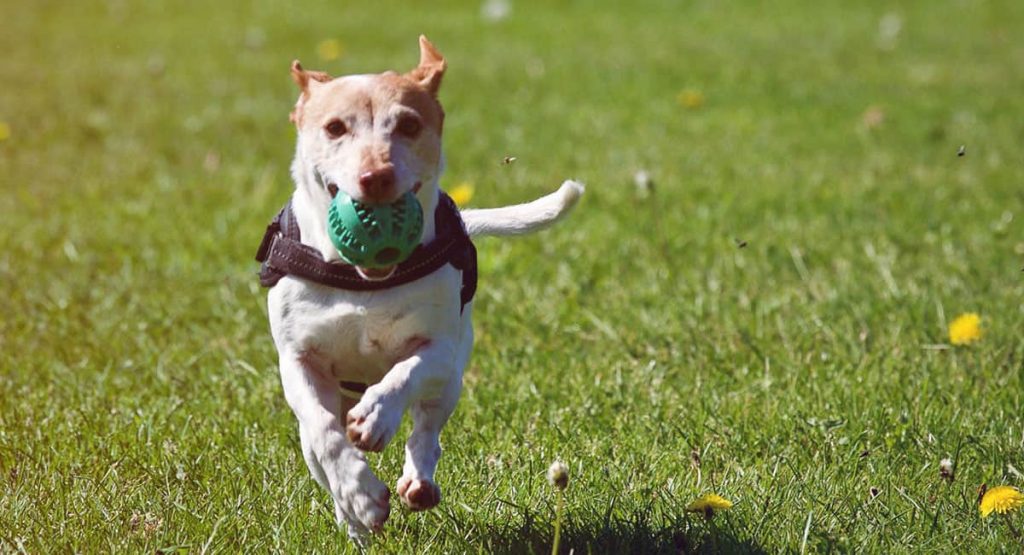Diabetes in dogs is a complex disease caused by either a lack of the hormone insulin or an inadequate response to insulin. After a dog eats, his digestive system breaks food into various components, including glucose—which is carried into his cells by insulin, a hormone secreted by the pancreas. When a dog does not produce insulin or cannot utilize it normally, his blood sugar levels elevate. The result is hyperglycemia, which, if left untreated, can cause many complicated health problems for a dog.
It is important to understand that diabetes is considered a manageable disorder—and many diabetic dogs can lead happy healthy lives.
Diabetes can be classified as:
- Type I (lack of insulin production)
- Type II (impaired insulin production along with an inadequate response to the hormone).
The most common form of the disease in dogs is Type I, insulin-dependent diabetes, which occurs when the pancreas is incapable of producing or secreting adequate levels of insulin. Dogs who have Type I diabetes require insulin therapy to survive.
Diabetes in Detail
Diabetes Symptoms in Dogs
The following are signs that your dog may be diabetic:
- Change in appetite
- Excessive thirst/increase in water consumption
- Weight loss
- Increased urination
- Unusually sweet-smelling or fruity breath
- Lethargy
- Dehydration
- Urinary tract infections
- Vomiting
- Cataract formation, blindness
- Chronic skin infections
Causes Of Diabetes
The exact cause of diabetes is unknown. Autoimmune disease, genetics, obesity, chronic pancreatitis, certain medications and abnormal protein deposits in the pancreas can play a major role in the development of the disease.
Dogs More Prone to Diabetes
- It is thought that obese dogs and female dogs may run a greater risk of developing diabetes later in life (6-9 years of age)
- Some breeds may also have a greater risk, include Australian Terriers, Standard and Miniature Schnauzers, Dachshunds, Poodles, Keeshonds and Samoyeds
- Juvenile diabetes can also be seen and is particularly prevalent in golden retrievers and keeshonds
Diagnosing Diabetes
To properly diagnose diabetes, your veterinarian will collect information about clinical signs, perform a physical examination and check blood work and urinalysis.
Treating Diabetes
- Every diabetic dog is an individual and will respond differently to therapy. Diabetes treatment is based on how severe the signs of disease are and whether there are any other health issues that could complicate therapy.
- Some dogs are seriously ill when first diagnosed and require intensive hospitalized care for several days to regulate their blood sugar levels.
- Dogs who are more stable when first diagnosed may respond to oral medication or a high-fiber diet that helps to normalize glucose levels in the blood
- For most dogs, insulin injections are necessary for adequate regulation of blood glucose. Once your pet’s individual insulin treatment is established, typically based on weight, you will be shown how to give him his insulin injections at home.
- Spaying your dog is recommended, as female sex hormones can have an effect on blood sugar levels.
As your veterinarian will explain, it’s important to always give your dog insulin at the same time every day and feed him regular meals in conjunction with his medication; this allows increased nutrients in the blood to coincide with peak insulin levels. This will lessen the chance that her sugar levels will swing either too high or too low. You can work with your vet to create a feeding schedule around your pet’s medication time. It is also important to avoid feeding your diabetic dog treats that are high in glucose. Regular blood glucose checks are a critical part of monitoring and treating any diabetic patient, and your veterinarian will help you set up a schedule for checking your dog’s blood sugar.
If You Suspect Your Dog Has Diabetes
If your dog is showing any abnormal clinical signs as listed above, make an appointment to see your veterinarian immediately. If a diabetic dog is not treated, he can develop secondary health problems like cataracts and severe urinary tract problems. Ultimately, untreated diabetes can cause coma and death.


